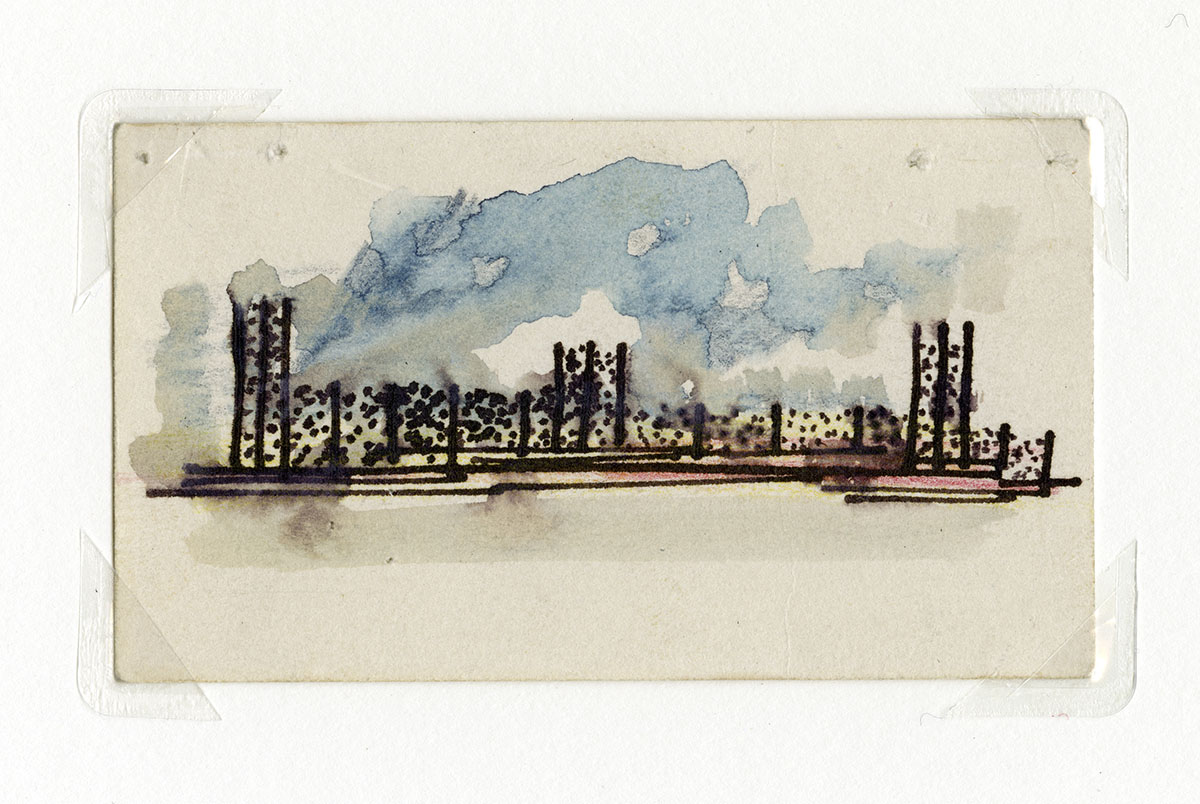Submitted by WA Contents
"If Walls Could Speak" explores mysterious world of the profession through Safdie’s own experiences
United States Architecture News - Sep 19, 2022 - 15:57 2864 views

A new book, written by Moshe Safdie, explores the essential and mysterious world of the profession through Safdie's own experiences and perspectives.
The book, entitled If Walls Could Speak, published by Grove Atlantic, is part memoir, or part manifesto, that focuses on Safdie's personal memories, imagination, design process and the role of architecture that should play in society at large.
The 368-page book takes readers into the career and the mindset of Moshe Safdie, one of the greatest and most thoughtful architects of our time.

Habitat 67. Image © Sam Tata, courtesy Safdie Architects
Spanning a career over more than five decades, Moshe Safdie has built some of the world’s most influential and memorable structures, starting from Habitat ’67 - the radical modular housing scheme in Montreal, Yad Vashem, the World Holocaust Remembrance Center in Israel, the Crystal Bridges Museum of American Art in Arkansas to extraordinary projects in Singapore such as the iconic integrated resort Marina Bay Sands and Jewel at Changi Airport which features an indoor rainforest and waterfall.

Yad Vashem Holocaust History Museum. Image © Timothy Hursley, courtesy of Safdie Architects
According to Safdie, the way a space functions is fundamental, he is deeply committed to architecture as a social force for good, believing that any challenge, including extreme population density and environmental distress, can be addressed with solutions that enhance community and uplift the human spirit.
Safdie considers people using the space as a “silent client”, and according to him, an architect must ultimately serve to the silent client: the people who live, work in, or experience a building.

Jewel Changi Airport. Image © Timothy Hursley, courtesy of Safdie Architects
If Walls Could Speak invites readers behind the veil of an essential yet "mysterious profession" to explain through Safdie’s own experiences and memories how an architect thinks and works— "from the spark of imagination through the design process, the model-making, the politics, the engineering, the materials."
Relating memorable stories about what has inspired him—from his childhood in Israel and Montreal to the projects and personalities worldwide that have captured his imagination—Safdie reveals the complex interplay that underpins every project and his vision for the role architecture can and should play in society at large.

Crystal Bridges Museum of American Art. Image courtesy Safdie Architects
The book features drawings, sketches, photographs, and documents from Safdie Architects’ voluminous archives that illuminate his stories.
Finally, the book ends with a chapter outlining 7 projects Safdie would pursue around the world if resources and will were no issue and the choices were his to make.
These include building a city without private cars - creating buildings that use intelligent materials that adapt to heat, light, and humidity without human intervention (mimicking the natural responses of deciduous trees), and a major Habitat site of up to 25 floors with mixed-use development.

Habitat 67 sketch by Moshe Safdie. Image courtesy Safdie Architects
"Such future-oriented thinking will offer architects new opportunities to express creativity, develop designs that resolve the needs of everyone, use resources responsibly, and approach problem-solving with empathy and compassion," said the studio.
"A book like no other, If Walls Could Speak will forever change the way you look at and appreciate any built structure."
"If Walls Could Speak is not just about architecture; it is about a man in search of beauty, truth, and service to people through examining ‘nature, the nature of the universe, and the nature of man.’ In his autobiography, Moshe Safdie succeeds in making the walls speak, revealing not only the depth, curiosity, and drive of a man with a mission, but also the challenges he faced creating extraordinary work for over six decades. Perhaps he says it best: ‘If we seek truth, we shall find beauty.’ I was profoundly moved reading this book," said Yo-Yo Ma.

Vancouver Public Library. Image © Timothy Hursley, courtesy of Safdie Architects
"What are the deep personal sources of creativity? How is it possible for someone to take the conventional built environment and make it new?," said Stephen Greenblatt, Pulitzer Prize-winning author of The Swerve: How the World Became Modern.
"A visionary book, If Walls Could Speak triumphantly answers these questions by giving us intimate access to the life and mind of one of the greatest architects of our time," Greenblatt added.

Marina Bay Sands. Image © MBS Visual Media, courtesy Safdie Architects
Israeli-Canadian-American architect Moshe Safdie is one of the greatest and most innovative architects of the past half century. Safdie recently donated his entire professional archive to his alma mater, McGill University in Canada.
Safdie Architects recently created a giant urban oasis under a vaulted glass roof for a research and medical center in southern São Paulo, Brazil, and completed Serena Del Mar Hospital in Cartagena, Colombia.
The book will be released on 20 September, 2022.
Find out more architecture books on WAC's Books page.
Book facts
If Walls Could Speak
Moshe Safdie
Grove Atlantic
ISBN: 978-0-8021-5832-1, $32.50 hardcover
Top image courtesy of Safdie Architects.
> via Safdie Architects
